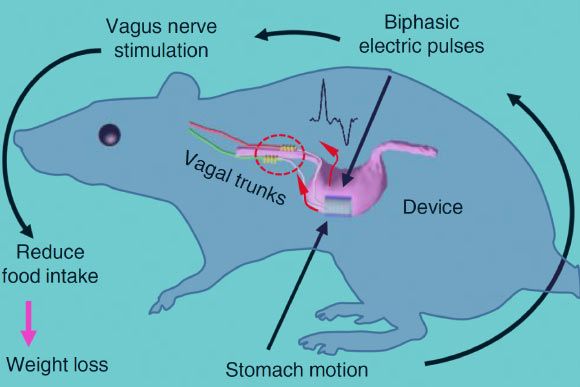An international team of researchers led by University of Wisconsin-Madison scientists has developed an easily implantable weight-loss device. In lab experiments, the device helped rats shed 38% of their body weight.



The most deadly aspect of breast cancer is metastasis, cancer cells spreading throughout the body. Researchers at the University and the University Hospital of Basel have now discovered a substance that suppresses the formation of metastases. In the journal Cell, the team of molecular biologists, co…
Celebrate Bedford Day, a celebration of the first human to be placed into cryonic suspension.
Dr. James Bedford is the oldest person currently in Cryostasis.
On Jan. 12, 1967, James Bedford, a psychology professor at Glendale College in California who had just died of cancer, took his first step toward coming back to life. On that day, the professor became the first person ever frozen in cryonic suspension, embedded in liquid nitrogen at minus-321 degrees Fahrenheit.
Ben Best will give a presentation on:
Advances in Cryonics Technology since James Bedford.







Through treating everything from strokes to car accident traumas, neurosurgeon Jocelyne Bloch knows the brain’s inability to repair itself all too well. But now, she suggests, she and her colleagues may have found the key to neural repair: Doublecortin-positive cells. Similar to stem cells, they are extremely adaptable and, when extracted from a brain, cultured and then re-injected in a lesioned area of the same brain, they can help repair and rebuild it. “With a little help,” Bloch says, “the brain may be able to help itself.”